Solid Dish Soap Recipe
Ingredients:
- Distilled water 232g
- Lye (sodium hydroxide) 134g
- Coconut oil 560g
- Sunflower oil 184g
- Stearic acid 24g
- Castor oil 32g
- Lemon essential oil 26g (optional)
Making my own dish soap is so useful and easy. This recipe is my favorite one for a dish soap. One dish soap can last me up to 3 months using it daily.
You can help support my website and channel through the “buy me a coffee” page.
Here is the link: https://www.buymeacoffee.com/diycosmetica
Your support helps me keep sharing here more information and more formulas.
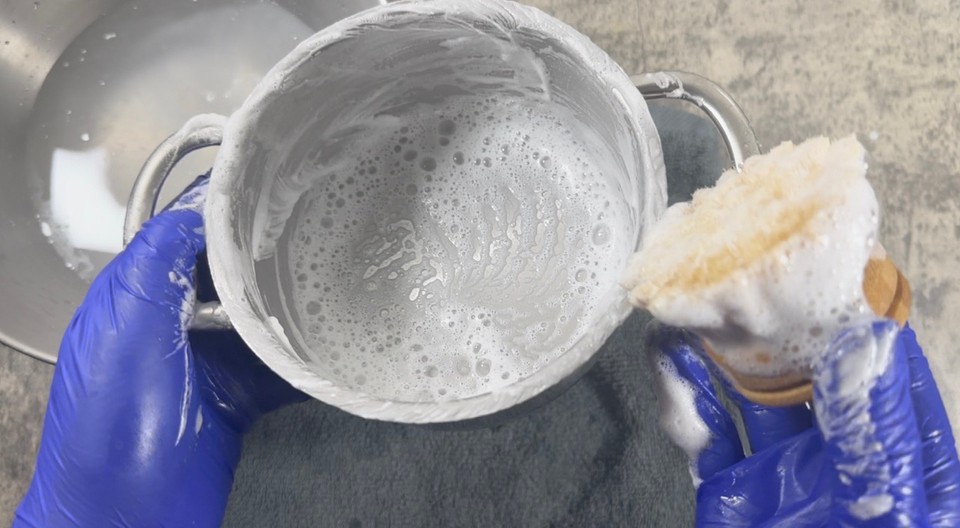
I started making my own dish soap some years ago because I was looking for a more natural and gentle soap that I could use without overdrying my hands while cleaning the dishes.
If this is your first time making soap, please check this post on soap for beginners.
Understanding how to work with lye (sodium hydroxide) is essential since it is very corrosive and can cause burns.
Always protect your eyes and skin while making soap. Use eye-protective glasses/goggles and gloves.
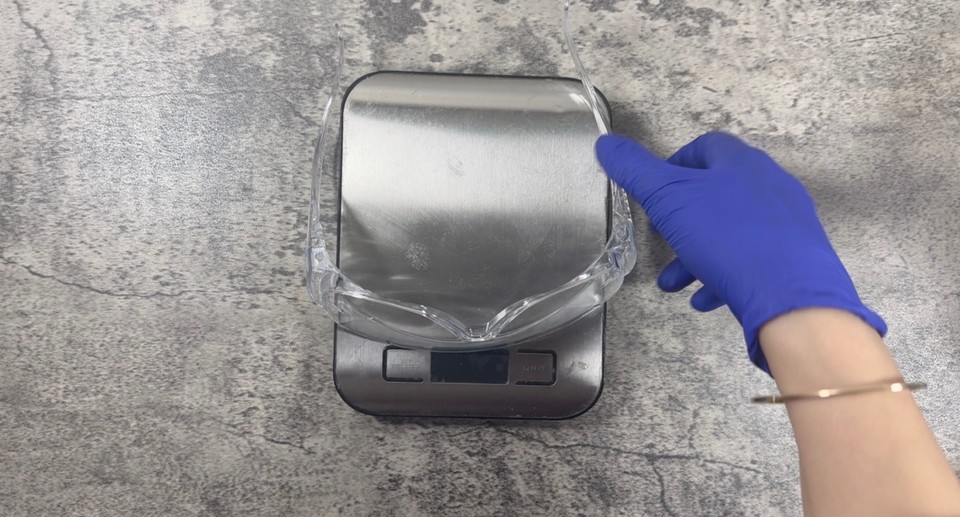
The difference between dish soap and body/hands soap is the amount of super fat in the soap.
There is no super fat in dish soap since the soap's primary goal is to clean.
In body and hand soap, we usually find between 3% to 8% super fat, meaning there is a percentage of unsaponified oils in the soap. Those unsaponified oils give the body/hand soap its moisturizing properties.
Also, dish soaps use mainly coconut oil because it's the most cleansing oil. In body soap, we usually use coconut oil up to 20%, much less coconut oil in body soaps than dish soap. (salt body soap bars have a high percentage of coconut oil but also a very high percentage of super fat).
Although many recipes will use up to 100% coconut oil in dish soaps, I tested many variations, and my favorite version is the one that combines a little bit of sunflower oil and castor oil in the dish soap.
Since I don't want the soap to be too harsh on my hands, combining other oils can help to make this dish soap much less intense on my hands.
I also add Stearic acid to make my dish soap extra firm, which helps it to last longer.
If you want to use different essential oils, you can use grapefruit, bergamot, sweet orange or a combination of them.
If you have used small glass jars, you can clean and sanitize them to reuse them as soap dish containers.
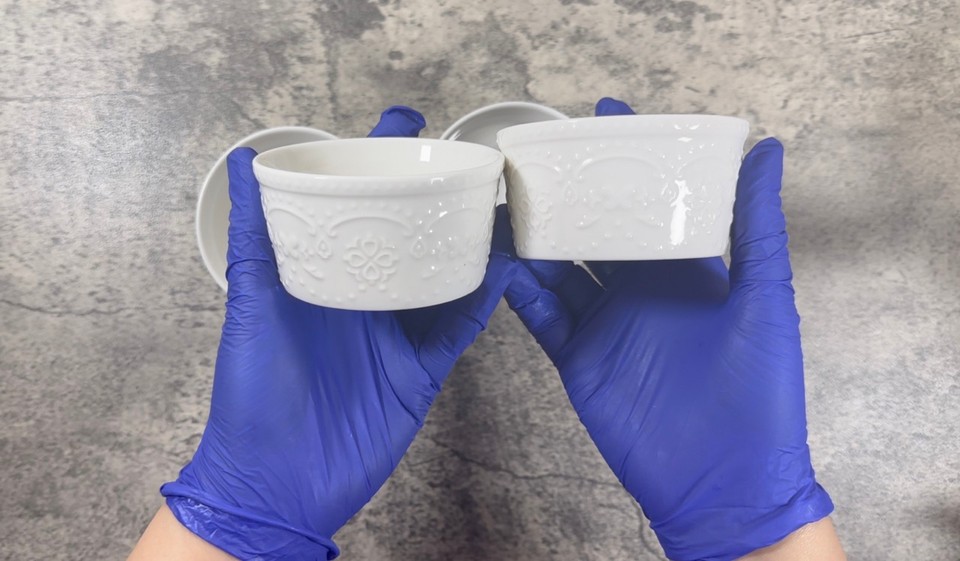
I often use old yogurt glass containers or sauce glass containers. Any containers you use, make sure they are heat-resistance.
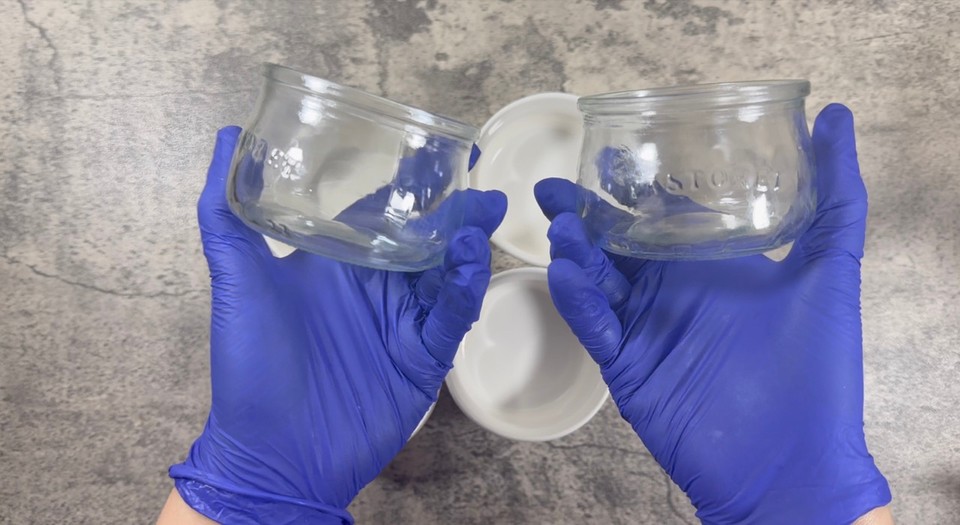
Once you finish the dish soap, you can keep the container and reuse it again and again, I have been using the same containers for more than four years, and they are still in mint condition.
To use the soap dish, rub a wet brush or a sponge on the dish soap to generate a lather.
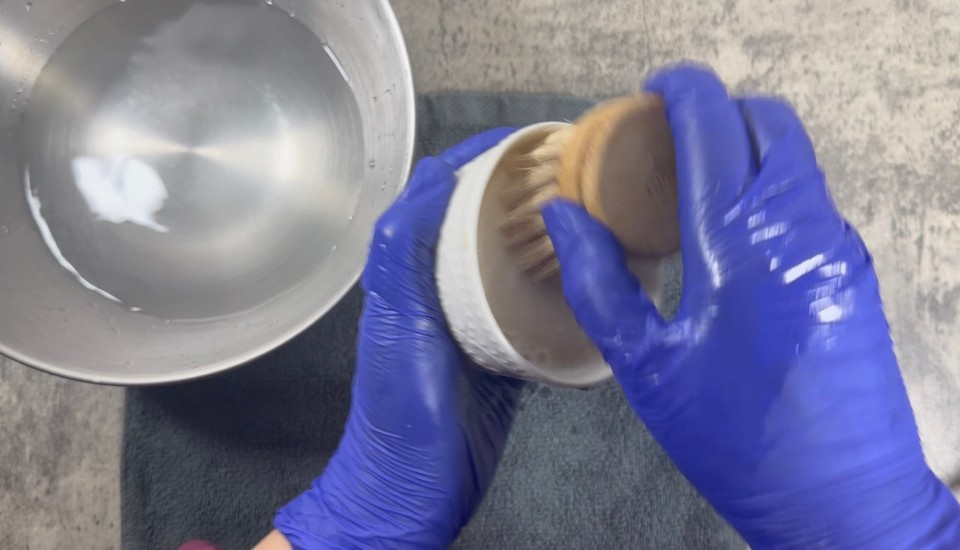

If you want to make less soap, please divide the recipe and make half of the recipe.
Method:
- In a heat-resistance container, add distilled water.

- Add the lye to the water and mix until the lye is dissolved. Set aside.
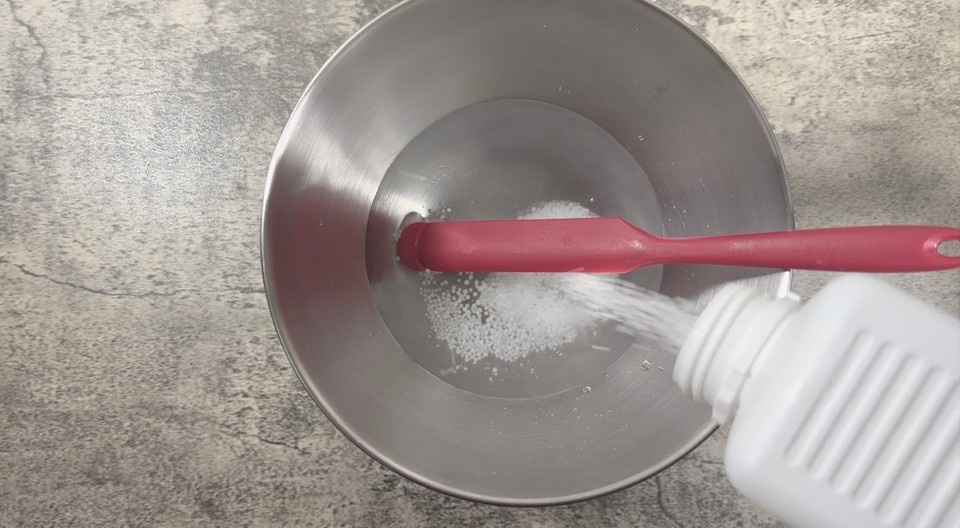

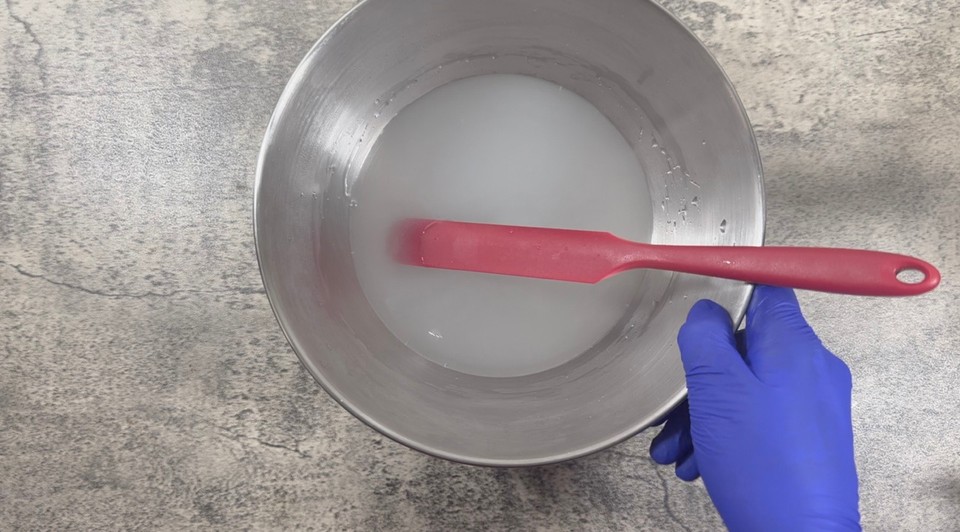
- In a pot, add the coconut oil and the stearic acid. Melt them on medium heat.
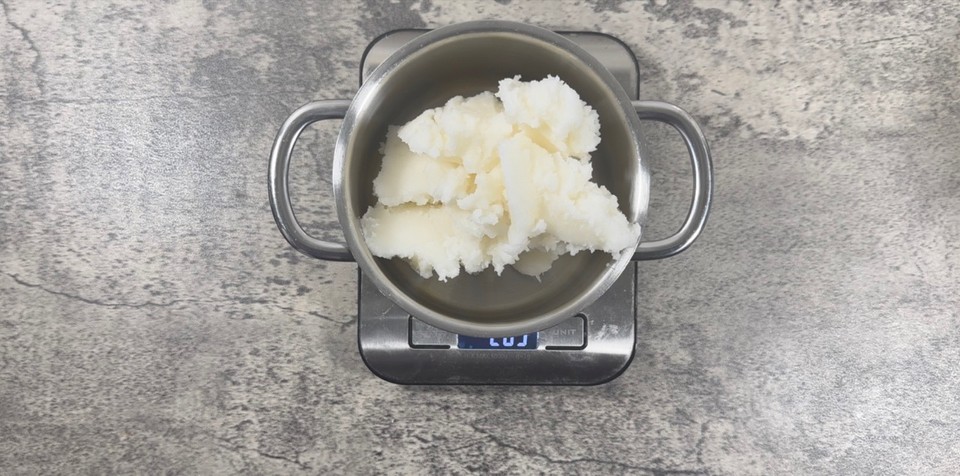

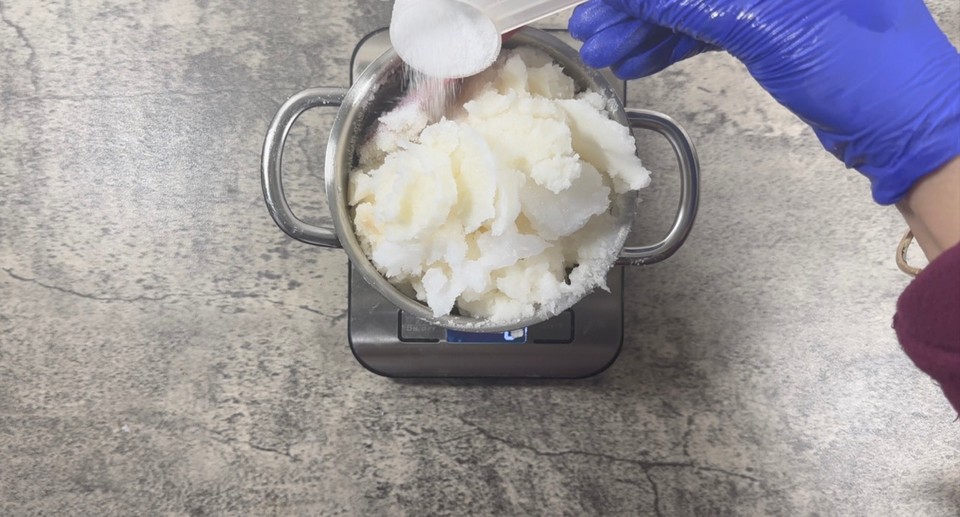
- In a heat-resistance container, add the sunflower and the castor oil.
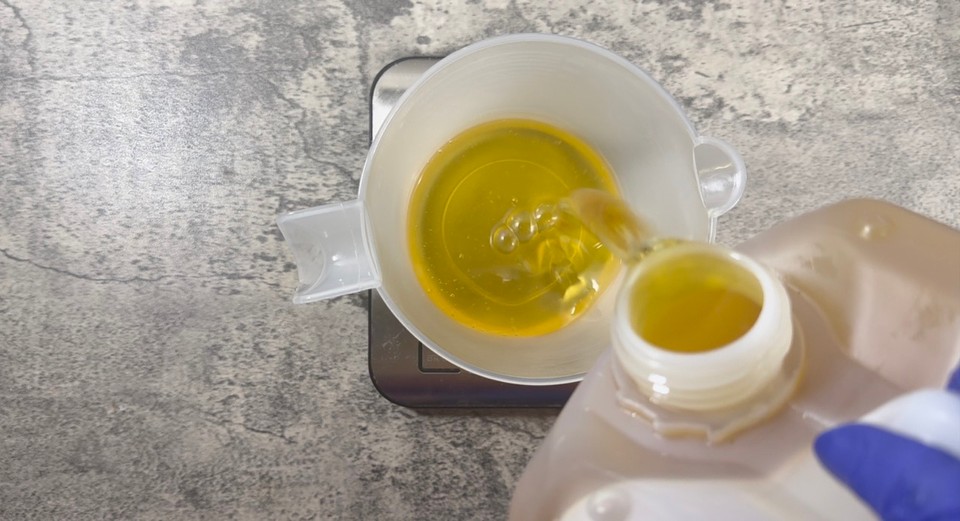

- Add the melted coconut oil and stearic acid to the liquid oils.
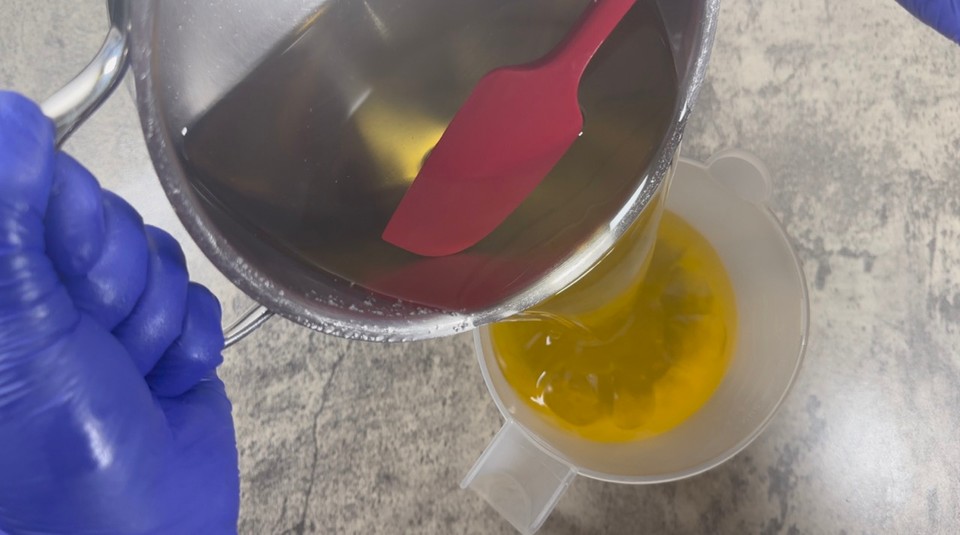
- Check the temperature of the oils and the lye solution. When it's less than 45 degrees Celsius, pouring the lye into the oils is okay.
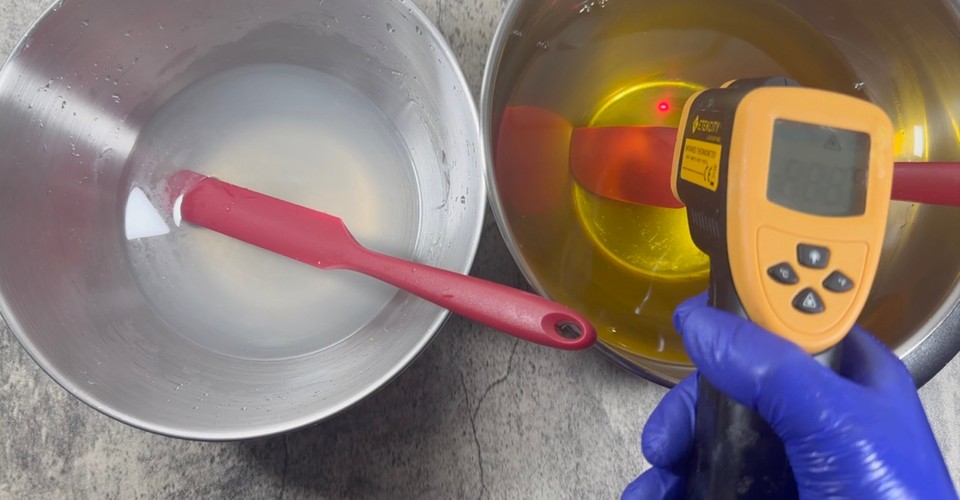
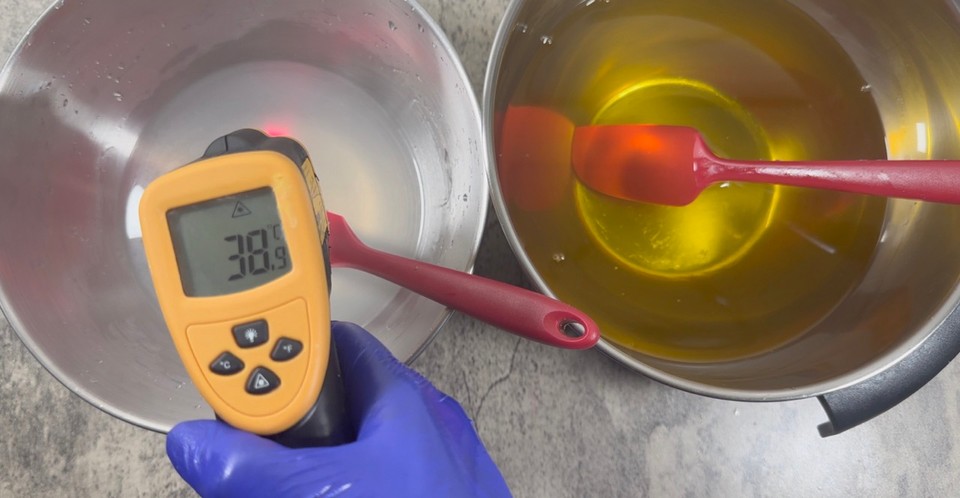
- Pour the lye solution into the oils, and use an immersion blender to emulsify. Add the essential oils and blend for a few more seconds.
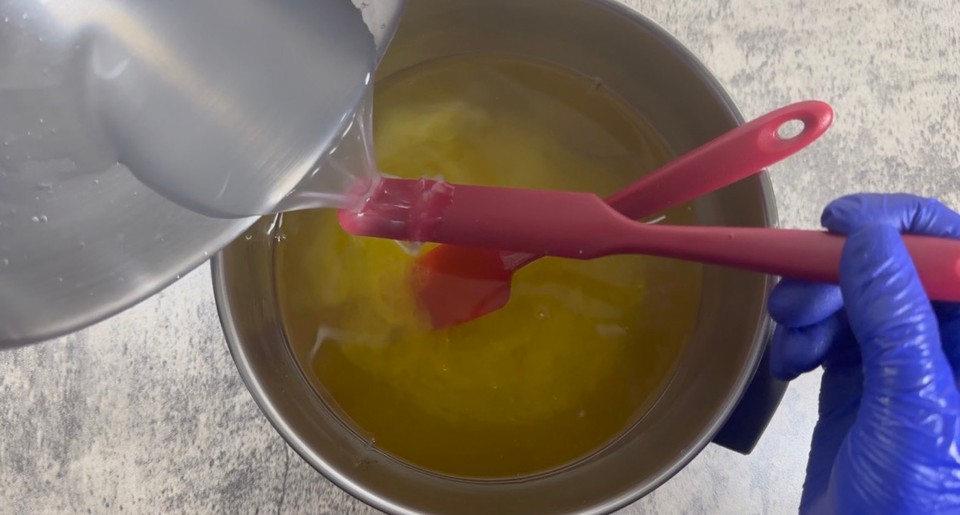
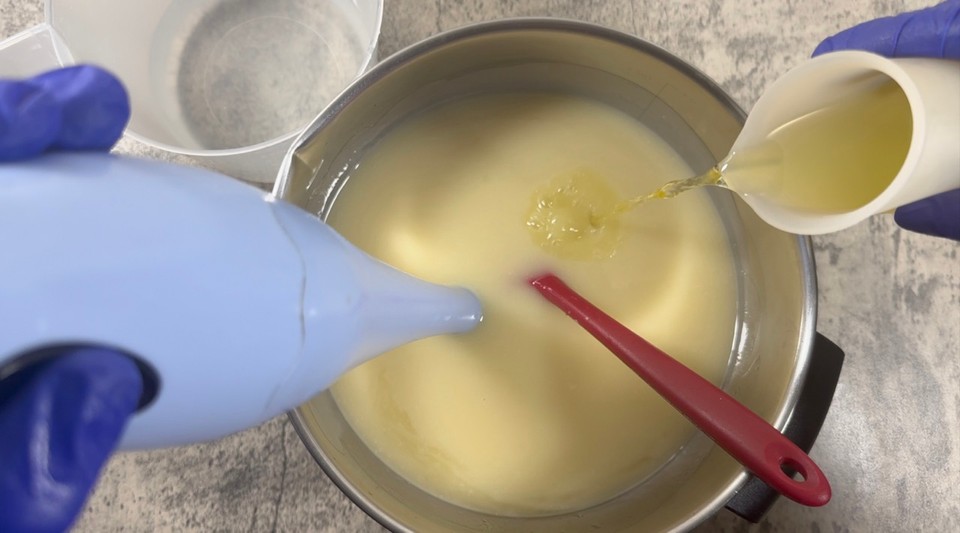
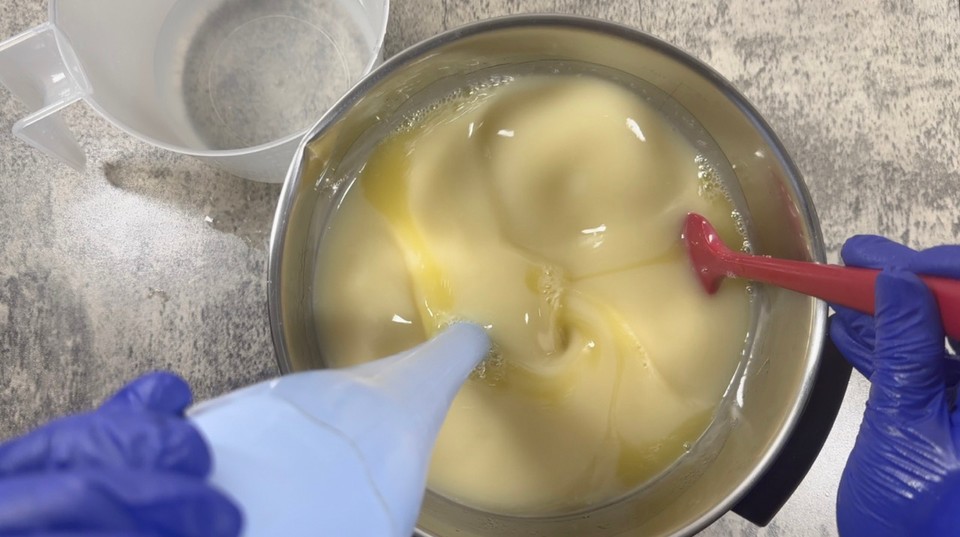
- Pour the soap batter into containers.
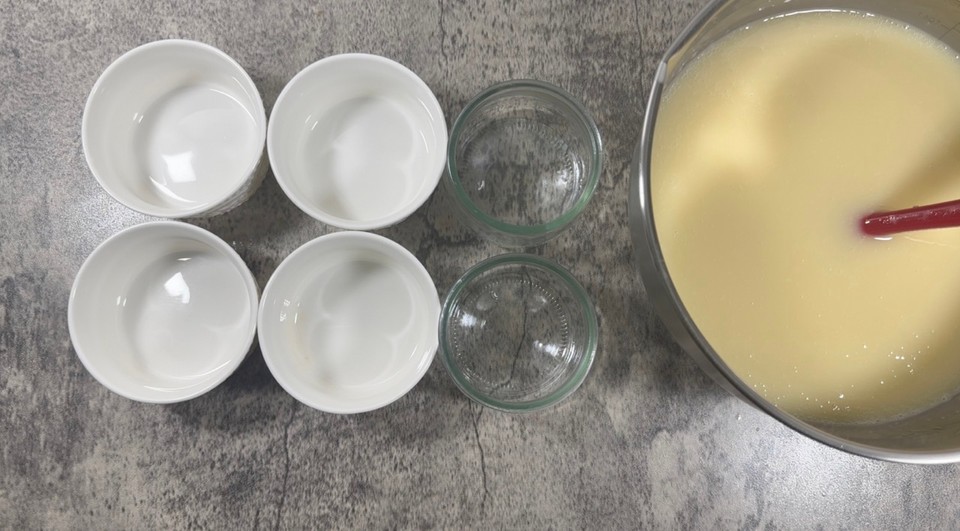
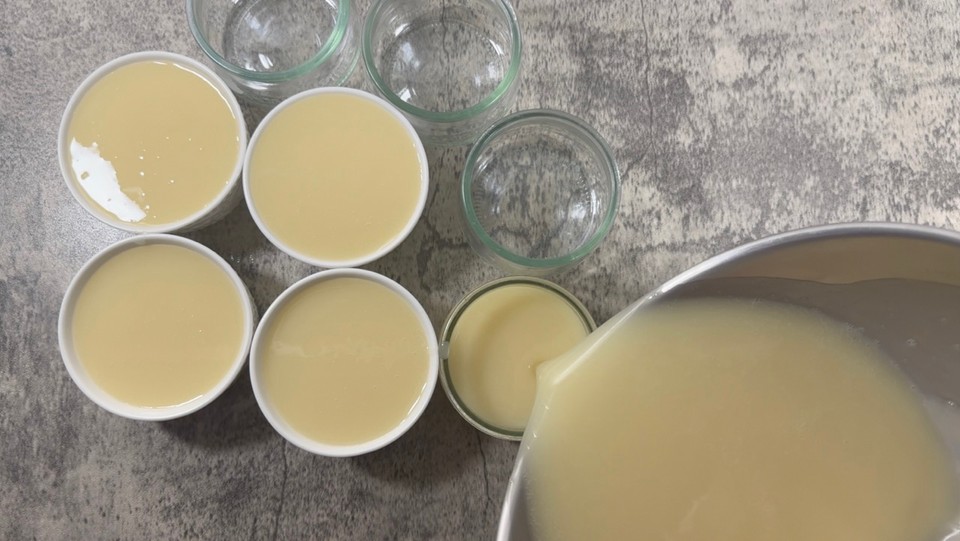
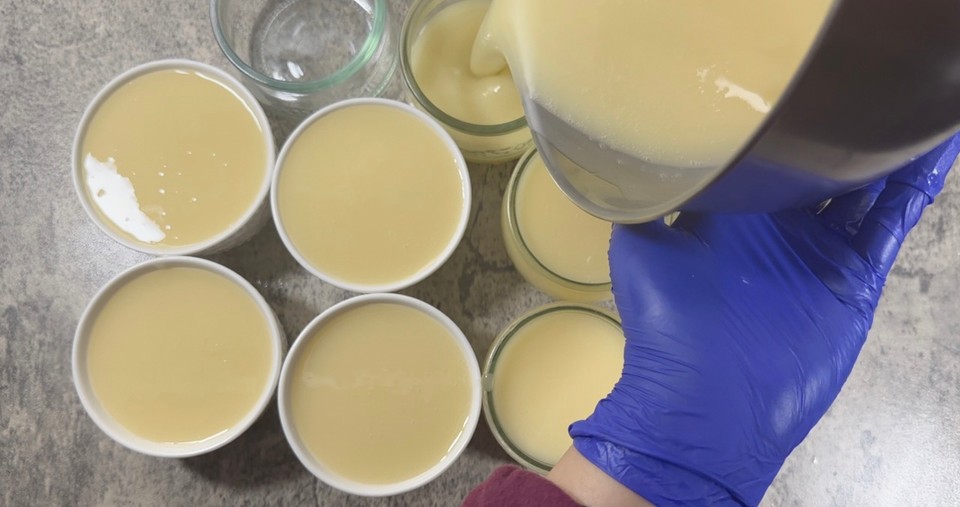
- Let the soaps solidify and cure during 2-3 weeks before using.
The dish soap bars can last up to 18-24 months.
